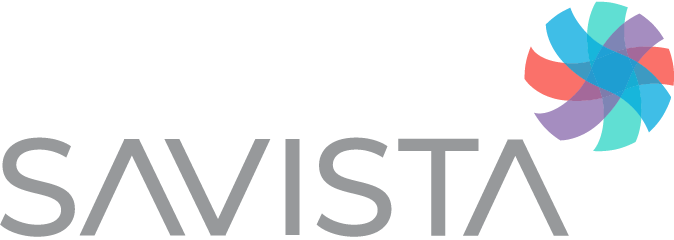In 2018, Cancer Surveillance Reporting across all standard setters was impacted by significant changes, including the addition of an estimated 227 data fields. These changes, coupled with the Certified Tumor Registrar (CTR) workforce shortage, are leaving many health care organizations with unfilled positions in their cancer registry program and backlogs in their cancer surveillance reporting. The role of a cancer registrar is critical to collecting data for cancer treatment planning, research and clinical trials. It plays a primary part in providing outcomes data, which is important for negotiation with payors and for successful revenue cycle outcomes. Sadly, the number of Certified Tumor Registrar professionals worldwide is limited and not growing quickly enough to support required cancer surveillance reporting.
Stymied growth in the CTR profession can be attributed to an aging population of existing CTRs. Retirement of existing health care professionals translates into more people retiring than entering the profession. Another shortage factor is tougher requirements to become a CTR. For example, candidates are required to earn an associate degree minimally.
Some medical organizations report that their staffing levels are adequate but need assistance with mentoring and ongoing training for their CTRs, while other organizations find their program needs guidance to attain or retain CoC accreditation. The combination of challenges, coupled with the new cancer surveillance reporting requirements, add a new layer of complexity for health care organizations to manage.
How do health care providers address the issues?
So how do overburdened and understaffed cancer registry programs meet growing registry demands and help in the fight against disease? Collaborate with a reputable partner that offers a range of health information management revenue services to clean up the backlog, and compile and safeguard the data of millions of cancer patients while bolstering your health care organization’s revenue cycle. Take these 5 steps:
- Raise the quality levels: Focus on data quality to provide comprehensive reporting for cancer center leadership and task medical staff with monitoring treatment methods, outcomes and improving operations.
- Map and standardize a workflow: Implement workflow design to ensure timely data collection and submission to state, Federal and accrediting agencies to avoid backlogs.
- Benchmark the best: Establish performance productivity and quality levels and set reliable cancer registry database standards to expand and improve reporting capabilities.
- Sustain your status: Maintain compliance with CoC, State, NAACCR and SEER standards.
- Banish bottlenecks: Provide timely, flexible, complete and accurate cancer registry data collection services to avoid backlogs.
Partnership with Savista cancer registry solutions ensures that all facets of the cancer registry program at your health care organization are compliant with standard setters and contribute toward successfully compiling and safeguarding cancer patient data.
Savista can help your organization tackle CTR shortages and record backlogs.
